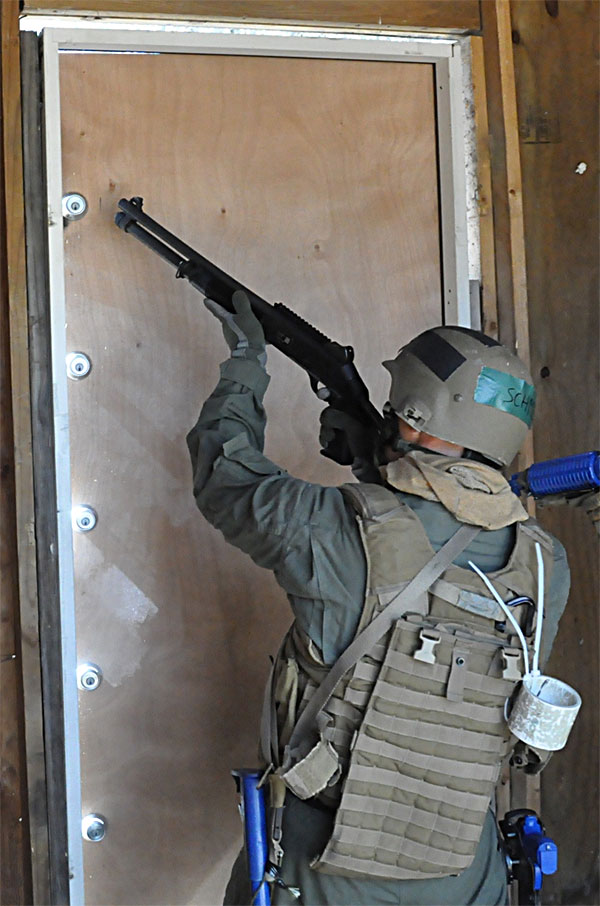The Skellefte mining district occurs in an Early Proterozoic, mainly 1.90-1. If you loved this article and you would like to obtain additional data with regards to boat hinge (http://kimimoru.minibird.jp/moruwiki/index.php?lysgaardklinge261242) kindly go to our own web site. 87 Ga (Svecofennian) magmatic province of low to medium metamorphic grade in the Baltic Shield in northern Sweden. The district accommodates over 85 pyritic Zn-Cu-Au-Ag massive sulfide deposits and a few vein Au deposits and subeconomic porphyry Cu-Au-Mo deposits. The large sulfide deposits primarily happen within, and particularly along the highest of, a regional felsic-dominant volcanic unit attributed to a stage of intense, extensional, continental margin arc volcanism. From facies analysis we interpret the paleogeography of this stage to have comprised many scattered islands and shallow-water areas, surrounded by deeper seas. All the main massive sulfide ores happen in below-wave base facies associations; nonetheless, some ores happen close to stratigraphic intervals of above-wave base facies associations, and the summits of some volcanoes that host huge sulfides emerged above sea stage. Intense marine volcanism was superceded at completely different instances in different elements of the district by a stage of lowered volcanism, uplift resulting in subregional disconformities, and then differential uplift and subsidence leading to a complex horst and graben paleogeography. Uplift of the arc is attributed to the relaxation of crustal extension. The emplacement of granitoids to shallow crustal ranges. Just a few massive sulfide ores formed inside the basal strata of this second stage. The horst and graben system was stuffed by prograding fluvial-deltaic sediments and primarily mafic lavas, and through this stage the Skellefte district was a transitional area between renewed arc volcanism of more continental character to the north, and subsidence and basinal mudstone-turbidite sedimentation to the south. This entire volcanotectonic cycle occurred within 10 to 15 m.y.We outline 26 main volcanic, sedimentary, and intrusive facies within the Skellefte district. Essentially the most plentiful facies are (1) regular-graded pumiceous breccias, that are interpreted as syneruptive subaqueous mass flow models of pyroclastic debris, (2) porphyritic intrusions, and (3) mudstone and sandstone turbidites. Facies associations define seven primary volcano types, which range from basaltic shields to andesite cones and rhyolite calderas. Despite this diversity of volcano varieties, most massive sulfide ores are related to one volcano kind: subaqueous rhyolite cryptodome-tuff volcanoes. These rhyolite volcanoes are 2 to 10 km in diameter, 250 to 1,200 m thick at the center, and are characterized by a small to average quantity rhyolitic pyroclastic unit, marine cleat intruded by rhyolite cryptodomes, sills, and dikes. Massive sulfide ores happen close to the top of the proximal (close to vent) facies association. The exceptional coincidence in house and time between the ores and this volcano type signifies an intimate, genetic relationship between the ores and the magmatic evolution of the volcanoes.Most of the huge sulfide ores happen within quickly emplaced volcaniclastic facies and are interpreted to have formed by infiltration and alternative of those facies. A few of the ore deposits have characteristics of each marine huge sulfides and subaerial epithermal deposits. We counsel that massive sulfides within the Skellefte district span a variety in ore deposit fashion from deep-water sea-ground ores, to subsea-flooring replacements, to shallow-water and possibly subaerial synvolcanic replacements. Facies models are offered for the mineralized rhyolite volcanoes. Volcanological guides are provided for exploration for blind ores within these volcanoes.
Volcanological guides are provided for exploration for blind ores within these volcanoes.
